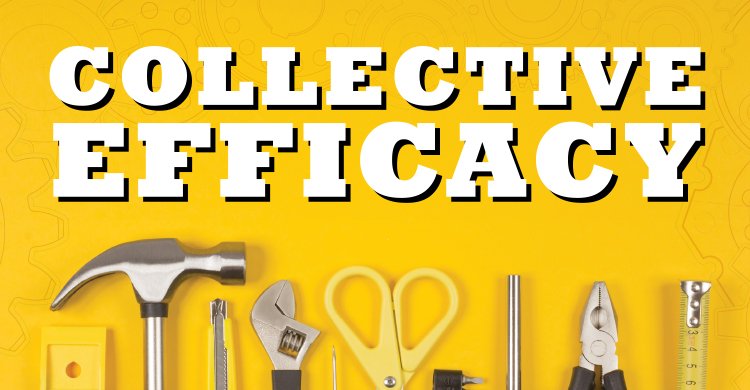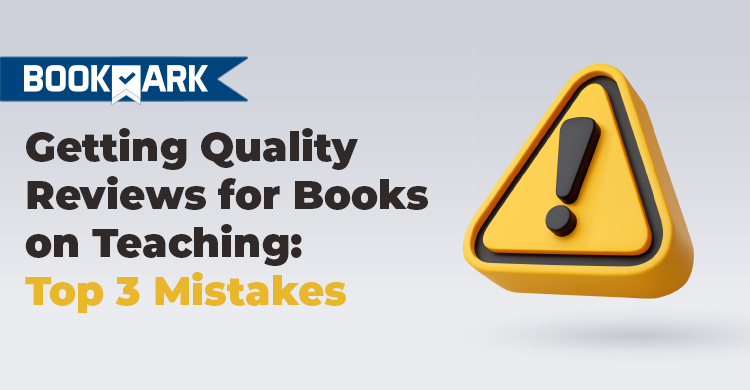Based on The Big Book of Tools for Collaborative Teams in a PLC at Work®.
Researcher John Hattie has shown time and again that nothing has a greater impact on student learning than organizing teachers into collaborative teams and convincing them that if they work together, they can have a positive impact on learning for every student in their classrooms—including those who come from disadvantaged backgrounds and those who have traditionally struggled in schools (Hattie, 2017).
Teams with high rates of confidence in their shared ability to move learning forward are more persistent, more likely to set challenging goals for themselves, and more willing to experiment with their practices. What’s more, teams with high rates of confidence in their shared ability to move learning forward tend to foster higher rates of confidence in their learners, leaving students convinced that they can do well in school too (Donihoo, 2017).
It’s important to remember, however, that collective efficacy isn’t just about making teams feel good about their practice.
As Hattie (2018) explains:
It isn’t just a growth mindset. It’s not just rah-rah thinking; it’s not just, “Oh, we can make a difference!” But it is the combined belief that it is us that causes learning. It is not the students. It’s not the students from particular social backgrounds. It’s not all the barriers out there. Because when you fundamentally believe that you can make the difference, and then you feed it with the evidence that you are, that is dramatically powerful.
Stew on that for a minute, would you?
What Hattie’s research has shown is that nothing that you are doing in your school—not your 1:1 computer initiative, not your digital portfolio project, not your restorative justice circles, not your efforts to integrate project-based learning or brain-based learning or personalized learning, not your newest literacy project or the changes in your math curriculum—matters more than helping teams to find evidence that their professional actions are making a difference for students.
Stated more simply, teams need tangible proof that “it is us that causes learning” for schools to fully leverage the power of teacher collaboration.
That means every school leader should be monitoring the levels of collective efficacy on the learning teams in their buildings, right?
After all, if developing teams with high rates of confidence in their shared ability to move students forward places first on a list of 250 different factors, ranked from “Likely to Have a Negative Impact on Student Achievement” to “Potential to Considerably Accelerate Student Achievement,” shouldn’t we be taking active steps to monitor its development?
The first step in developing a strong sense of collective teacher efficacy is to ensure that teams are actually studying their practice with one another.
That may seem like a no-brainer to school leaders—but the sad truth is that in many buildings claiming to function as PLCs, learning teams aren’t studying their practice together.
Instead, they develop small sets of essential outcomes for each unit in their curriculum; they agree on a common formative assessment to measure student progress toward mastering those outcomes; they sort students into groups for remediation, additional practice, and extension; and then they move on without thinking about their instruction at all.
That’s a collaborative failure, y’all.
Teams can only develop a strong sense of collective efficacy when they use student learning data for something more than identifying students who are struggling to master essential outcomes. Developing a strong sense of collective efficacy depends on using student learning data to inform professional choices and to improve professional practice.
So, how can you determine whether the learning teams in your building really are studying their professional practice together?
Ask this sequence of questions in your meetings with teams:
- Tell me about an instructional practice that your team tinkered with this year.
- Why did you start experimenting with that practice?
- What changes did you make to it over the course of the year? Why?
- How do you know that those changes improved your instruction?
Teams with a strong sense of collective efficacy are going to have no trouble at all answering these questions.
They will immediately reference an individual practice that they worked to improve during the year. They will tell you that they chose to study that practice after spotting gaps in their student learning data, and then describe the steps that they took together to identify new strategies worth trying. They will tell you about failed attempts and revisions to initial attempts and new discoveries made along the way.
The conversation will be fluid and natural. Everyone will contribute. Members will build on one another’s thinking—continuing sentences, adding anecdotes, and reminding the rest of the team of important moments that have been left out of the conversation. Members will also refer to the contributions of their partners—“This all started with an idea that Javon brought to one of our meetings,” or “And then Emily suggested that we should try ___________.”
You will walk away knowing exactly what metacognition looks like in action.
Teams struggling to develop a strong sense of collective efficacy will shift nervously in their seats when you ask these questions.
The conversation will start with a long, uncomfortable pause. Then, the verbal teachers or the rule followers on the team will whip up some kind of answer for you in an attempt to tell you what you want to hear.
They will name-drop initiatives—“We spent a ton of time on digital citizenship this year,” or “We are integrating complex text into our lessons almost every unit.” Everyone else will nod in agreement but offer little in the way of elaboration. There will be lots of empty airspace as the team tries to survive the conversation, hoping that you will be satisfied enough with their spin to move on.
And you will walk away knowing that you have work to do because developing teams that fundamentally believe that they can make a difference for students—and are capable of using evidence to prove that they are—is the most powerful step that you can take to improve learning in your school.
#trudatchat
References:
Donohoo, J. (2017, January 9). Collective teacher efficacy: The effect size research and six enabling conditions [Blog post]. Accessed at https://thelearningexchange.ca/collective-teacher-efficacy on July 29, 2019.
Hattie, J. (2018). What is “collective teacher efficacy?” [Video file]. Accessed at https://vimeo.com/267382804 on July 29, 2019.
Hattie, J. (2017). Visible Learning Plus: 250+ influences on student achievement [Infographic]. Accessed at https://visible-learning.org/wp-content/uploads/2018/03/VLPLUS-252-Influences-Hattie-ranking-DEC-2017.pdf on July 29, 2019.
[author_bio id=”413″]







